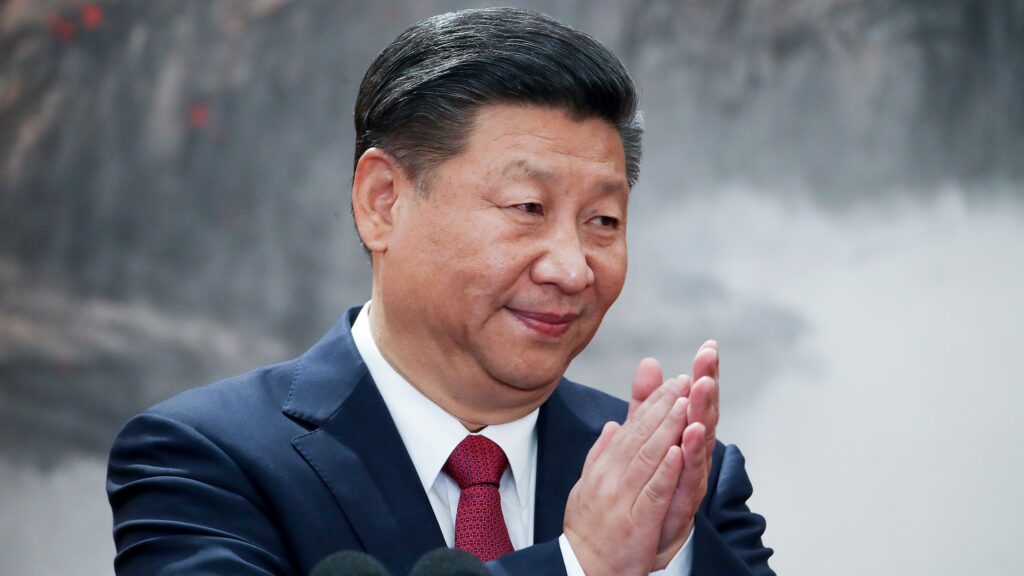China and Russia have commenced joint naval exercises in the Sea of Japan, reinforcing their deepening strategic and military partnership amid rising tensions with the West. The “Joint Sea-2025” drills, which began on Sunday near Russia’s port city of Vladivostok, are set to run for three days, focusing on submarine rescue, anti-submarine warfare, air defense, anti-missile operations, and broader maritime combat readiness.
The Chinese Ministry of Defence confirmed the deployment of four Chinese naval vessels, including the guided-missile destroyers Shaoxing and Urumqi, to participate alongside Russian warships. Following the drills, the two navies plan to conduct joint patrols in parts of the Pacific Ocean.
This year’s drills mark a continuation of the annual “Joint Sea” exercises, which have been held since 2012. While last year’s exercises took place along China’s southern coast, the shift to the Sea of Japan underscores both nations’ intent to project naval strength in increasingly contested waters.
The maneuvers come against a backdrop of mounting geopolitical friction. Since Russia’s invasion of Ukraine in February 2022, Moscow and Beijing have accelerated military and political cooperation. China has refrained from condemning Russia’s actions, instead maintaining a position of “neutrality” while calling for peace talks. However, Western nations, particularly the United States, have accused China of tacitly supporting Russia by boosting trade ties and allegedly supplying dual-use technologies.
The Chinese Defence Ministry stated that the 2025 edition of the joint drills aims to “further deepen the comprehensive strategic partnership” between the two nations. Analysts see the exercises as part of a broader effort by China and Russia to challenge the US-led international order and demonstrate their military readiness in the face of growing Western influence in the Indo-Pacific region.
While the drills are framed as defensive and cooperative in nature, they are likely to raise concerns among neighboring countries and Western allies wary of closer China-Russia military alignment.
The joint patrols in the Pacific following the exercise may signal a more persistent naval presence, further complicating regional security dynamics.

